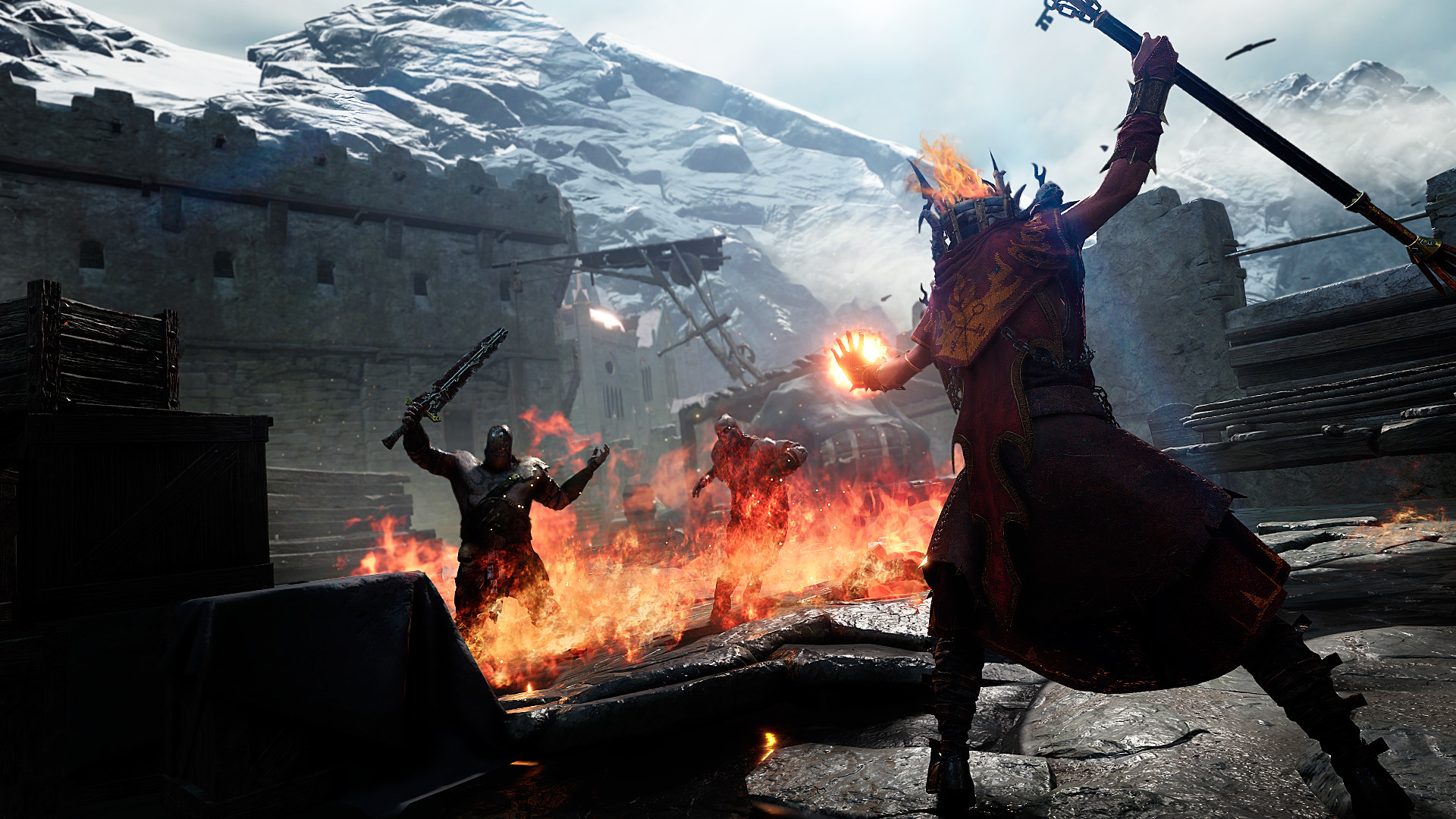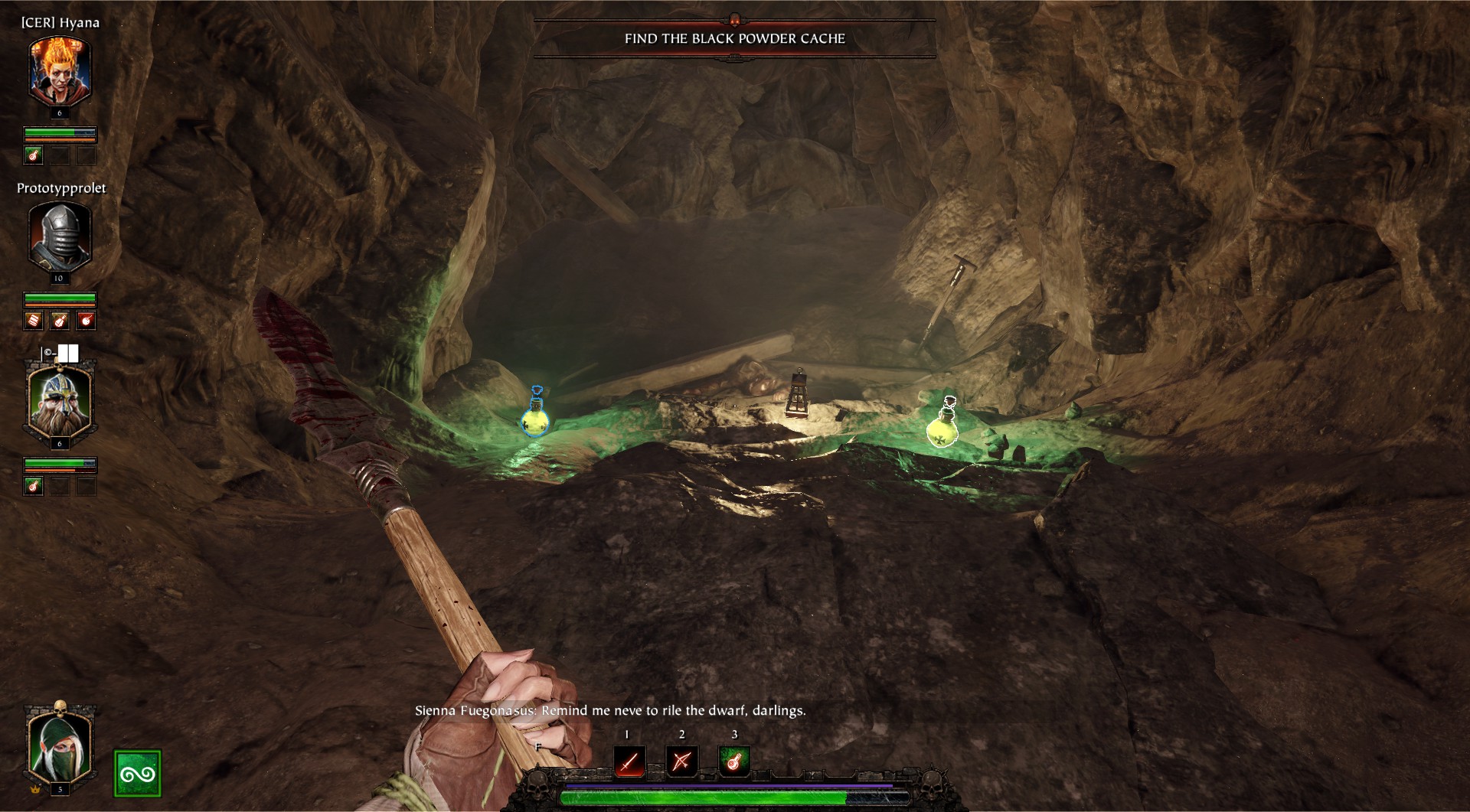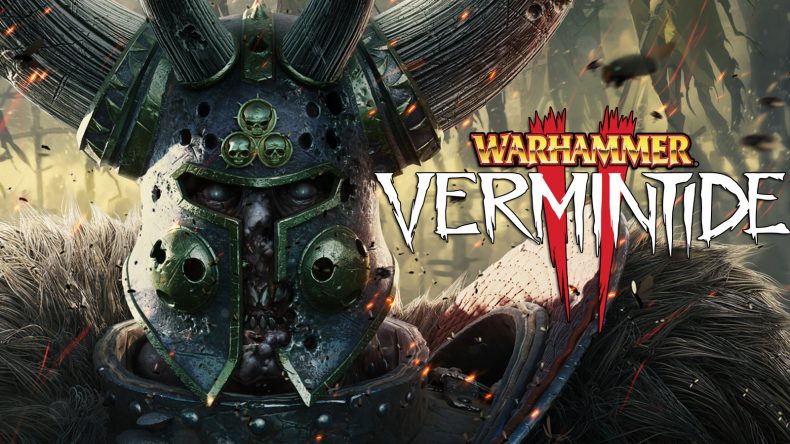How often have we heard that question? It’s been almost nine years since Valve’s multiplayer zombie sequel released on PC and Xbox 360, and it’s still hugely popular today, yet there’s no sign of a third game in the series. Well, we all know about Valve and its difficulty with threes. You know what, though? There has basically been a Left 4 Dead 3 since 2015, when Warhammer: End Times – Vermintide was released on PC, then a year later it came to Xbox One and PS4. Very few people knew about this little gem of a game, so its similarity to L4D passed us by.
Not this time.
Warhammer: Vermintide 2 has dropped the End Times subtitle and entered the fray on PC, with console versions due a little later. Considering it hit half a million sales in its first week on Steam, I’d say the console versions should come sooner rather than later, to avoid the mistakes of porting the first game too late. That aside however, I’ll just go ahead and say that you need to play this game. It’s by no means perfect, but it’s an incredibly fun challenge.
Trying to understand the convoluted twists and turns of Warhammer stories is a Herculean task at this point, but the Vermintide games are set during a time that would eventually see the destruction of the Warhammer World. The five heroes of Ubersreik (that’s the five playable characters from both games) have been captured by the leader of the Skaven Clan Fester, a horde of giant rat men for those not in the know, and the Skaven have joined forces with the Rotbloods, a Chaos warband. After attempting to open a portal that would allow the combined forces into Helmgart, the resulting failure’s explosion frees our heroes and they fight their way out of the Skaven lair. With Ubersreik destroyed, they are now forced to take refuge in an old keep, plotting their rebellion against the combined might of Clan Fester and the Rotbloods.

Lost yet? You might be glad to know that the story isn’t really the most important part of Vermintide 2. At most, it serves as a vehicle for the missions that make up the game. The characters are wonderfully voiced and written though, as they constantly chatter away during the course of each skirmish. It reminds me of the playful banter between Legolas and Gimli in The Lord of the Rings movies, which works just as well here when you’ve got an elf and a dwarf fighting side-by-side. Even in the thick of the most tense battles, with dozens of enemies attacking from every angle, I couldn’t help but smile when Bardin the dwarf would shout about the elf going mad with bloodlust, when Kerillian (me, at the time) had run out of arrows and was forced to wade into the hordes with blades slashing wildly.
That’s basically where Vermintide 2 and Left 4 Dead differ in gameplay styles. There aren’t really guns in Vermintide 2, save for one or two characters’ secondary weapons, with the majority of the combat being melee-based. You’ll still have your constantly-changing objectives, but there are no safe rooms here, breaking up each chapter; you’ll go the full twenty-to-thirty minutes of each mission in one go. Assuming you don’t die, obviously. There are hordes here though, much like L4D, preceded by a warhorn blaring in the distance; masses of Skaven, Rotbloods, or a mixture of both will descend upon your party and you’ll be forced to fight for your life. Between these moments and the sub-boss battles against creatures like Rat Ogres (the equivalent of L4D’s Tanks), or the special units like Assassins or Gas Rats (reminiscent of the special infected of Valve’s games), you can really see the similarities to Left 4 Dead. In the best possible way, I should add.

Vermintide 2 never feels derivative, because the gameplay is much more strategic due to the various characters’ special abilities and unique skills. It’s more of an homage, contained within a sort of action-RPG. Kirillian for example, has her bow and is at her melee best when equipped with a pair of daggers or swords, so keeping her at a distance is key; Markus however, is more of a tank and is best when swinging a giant sword or axe through hordes of enemies; Sienna is a Bright Wizard (essentially a pyromancer) and can use fire magic to burn through Skaven hordes, but only for a short time before needing to literally cool down, lest she be consumed by the flame.
Each of the five characters can unlock new weapons and trinkets to boost their damage, etc. via loot boxes earned through levelling up during missions. Even when you fail, the XP gained can unlock new weapons that may make your next attempt a little easier. Sienna especially has some very different staff types, which can change her fire magic from ranged fireballs to a gout of flame that burns anything directly in front of her; Kirillian can equip a rapid fire bow or something more suited to breaking shields and piercing armour, each with their own strengths and weaknesses. This, combined with the various special abilities that can be unlocked through levelling up, keeps the gameplay fresh as you progress through the lengthy chapters of Vermintide 2.
Being a multiplayer game, it has to be said that playing with the AI isn’t particularly great. Even on the easiest difficulty they tend to struggle to stay alive, but then sometimes other players struggle just as much. This is down to some balancing issues that could do with being ironed out, especially when it comes to fighting the bosses; the bridge battle during the first act can easily come undone if you come face-to-face with a Rat Ogre that can knock you off the edge and into oblivion. This will instantly kill, and if it’s the host and they quit it can result in the entire mission being scrubbed for everyone, because host migration restarts the level. The damage taken is pretty harsh in normal combat, often leaving parties struggling for health at the halfway point, against standard enemies. It does make it incredibly tense though, keeping you focused at all times and encouraging cooperative play as you pass your sole health potion to a teammate because they’re struggling, even when you’re down to half health at the time. A full complement of heroes however, even at low health, is better than losing one of your party. I can’t imagine trying to complete one of the mission finales without a full team of four, because some of them get very messy, very quickly.
Battling through the various locales of Vermintide 2 is an absolute joy to behold, thanks to the stunning visuals. The lighting effects are top notch, especially when Sienna is burning everything around her. With a little balancing, especially when it comes to the slog of fighting bosses like a Stormfiend or Spawn of Chaos, it could be an even better experience. As it stands, Vermintide 2 is still a must-play title, albeit one that requires a little patience.
Thrilling and chaotic combat
Entertaining character chatter
Brilliant when played in multiplayer
AI can be a bit useless
Difficulty needs balancing
Boss battles are a slog
While it is in dire need of some balancing, there’s magic in Vermintide 2’s frenetic combat. It’s a real co-op treat that simply has to be played.





